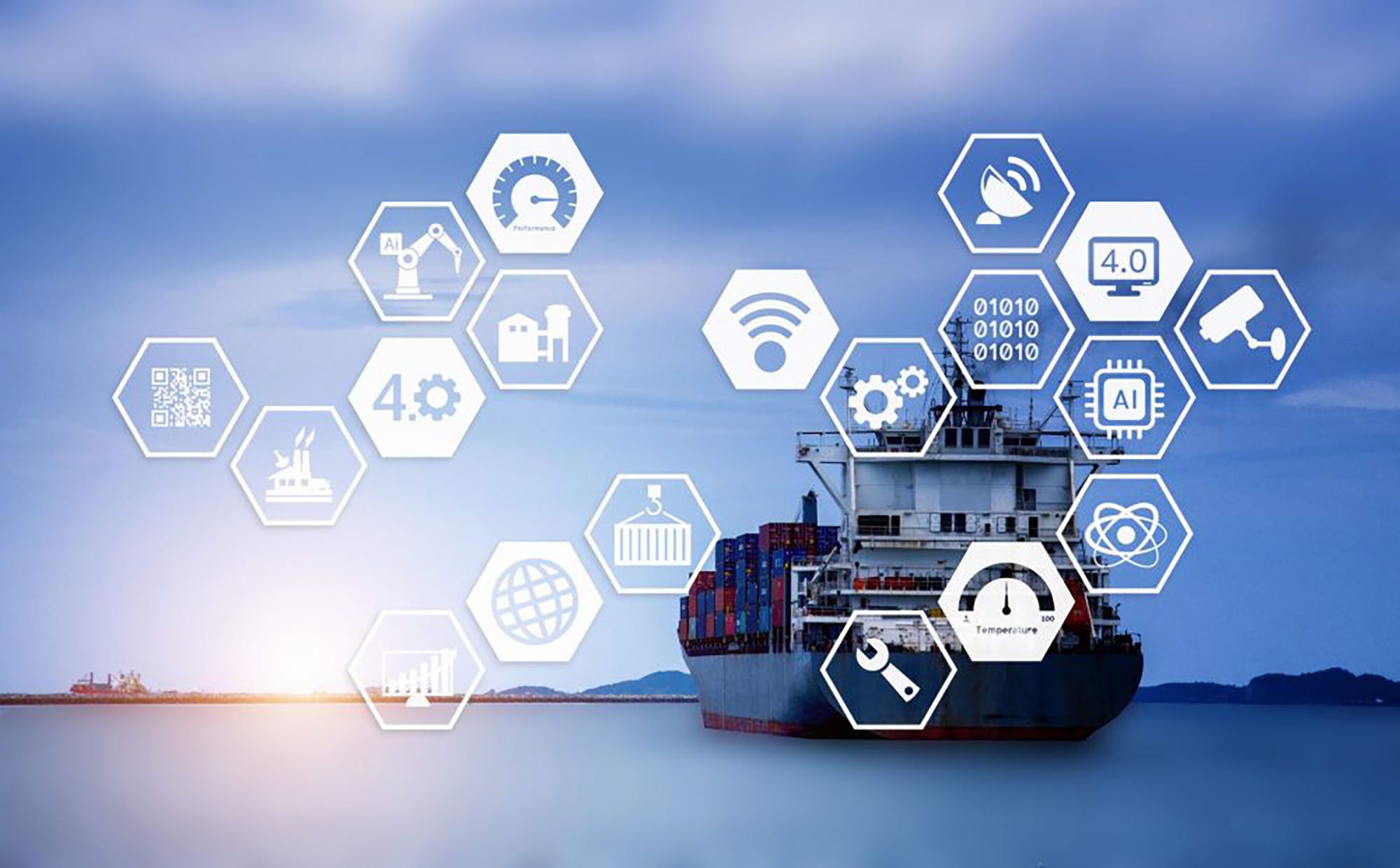Innovation and advancements in technology are critical to the development of any industry.
The marine industry is no exception; the sector is changing at a rapid rate, taking advantage of forward-thinking technologies which aim to solve various issues out at sea.
We take a look at some of ways technology is helping to address issues such as hazardous working conditions, environmental pollution, rising fuel costs and animal conservation.
Improving crew safety
Some people may think a maritime profession is just a form of adventure that offers the seafarer free travel all over the world. However, this is far from the truth. In reality, seafarers have to contend with challenging and often dangerous conditions, which can involve working in remote locations or extreme weather.
Developments in technology are helping to mitigate the risks associated with working at sea. For example, a new generation of sensor technologies is already allowing data buoys to automatically collect information and then relay it in real-time — improving overall maintenance cycles and removing the need for regular visits to remote locations.
Enhancements in communications from ship to shore could also improve crew welfare. Through Wi-Fi and 5G connectivity, the ‘connected’ ship of the future could allow operators to access live audio as well as HD and 3D video from onboard devices. This would help to improve real-time decision making in ship management and enable autonomous operation.
Alongside sensors and connectivity technology, the commercial shipping sector can also expect to see developments in robotics over the next decade. These robots could potentially be used for inspections in harsh environments — reducing human interaction with dangerous processes.
Reducing environmental impacts
The environment is a hot topic of conversation at the moment — and a big chunk of this conversation involves energy generation and consumption. In light of this, manufacturers within the shipbuilding industry are increasingly seeking to develop energy-saving devices and technologies which utilise renewable resources (such as the sun and wind) to run ships.
Although exclusive solar or wind-powered ships are not yet commercially or practically viable, alternative power generation can already be seen across the marine industry. For example, many aids to navigation are making full use of renewable resources — using solar energy to power buoys, as well as onshore applications such as navigation lights.
Not only will these advancements help to minimise harmful emissions from greenhouse gases, but they will also tackle the issue of rising fuel costs by providing alternative and cost-effective energy sources.
Conserving marine wildlife
One of the privileges of being out at sea is seeing and working amongst some incredible wildlife. So, for many seafarers and animal conservationists, ship strikes are a major concern. It was only at the end of last year that a 20-metre-long rorqual whale was spotted on the bow of a cargo vessel heading for Portsmouth harbour.
Sadly, the number of marine mammals struck by ships has increased significantly in recent years, partly due to a rise in maritime traffic, vessel speed and engine power. Large whales are particularly vulnerable to collisions with vessels where busy shipping lanes coincide with feeding and breeding areas or migratory routes.
A combination of technological developments such as underwater microphones (hydrophones), which listen to whale traffic, and smartphone apps are helping to provide mariners with the information they need to reduce collision risk. By alerting seafarers to the presence of whales and the management measures in place in ship strike hot spots, the technology gives vessels the opportunity to slow down or adjust course as appropriate.
Within the fishing sector, GPS and smartphone technology is also being used to tackle unethical fishing in developing countries. These devices are loaded with software that can report on catches, weather forecasts and track navigation. Thus, allowing scientists and regulators to know what’s being caught and where, while giving boat captains the tools they need to plan their expeditions carefully and bring their fish to market.
This data then helps to establish shared protocols and integrated systems to catch rule-breakers and, importantly, reward the honest fishing industry.
As the UK and Ireland’s leading supplier of aids to navigation, Hydrosphere is always looking for innovative and high-quality developments to bring to the marine market. Contact us today to find out more about our products.








